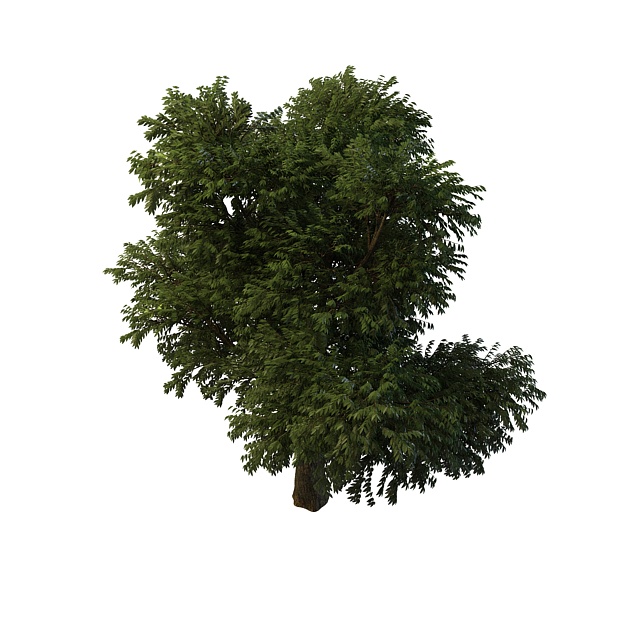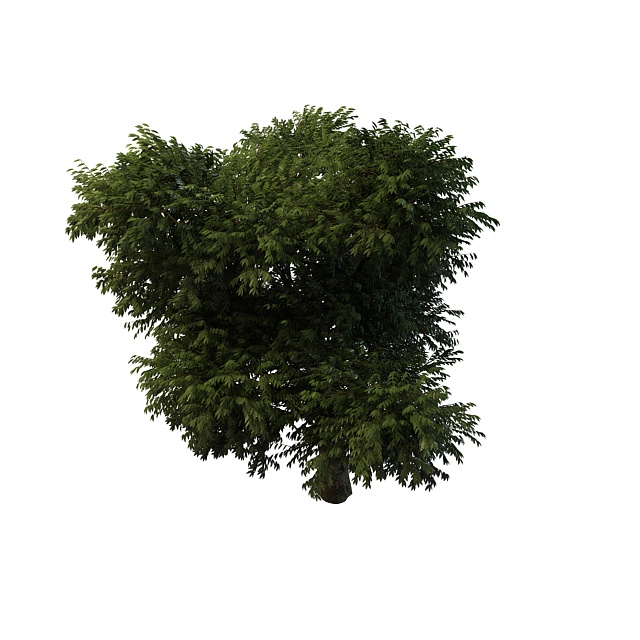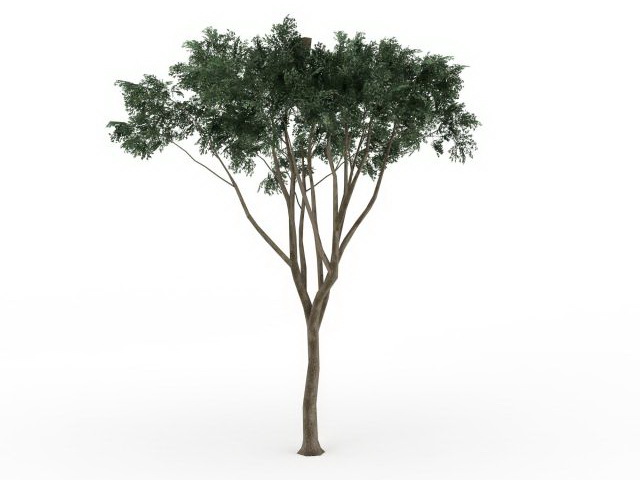

- Autocad 2010 3d trees pdf#
- Autocad 2010 3d trees windows 10#
- Autocad 2010 3d trees software#
- Autocad 2010 3d trees windows#
Autocad 2010 3d trees windows#
Autocad 2010 3d trees pdf#
AutoCAD 2017 offered a smooth migration and also had PDF support.

It was after the 2017 release that AutoCAD had moved to a flexible subscription model, making new features available with each release and product update. Display: 1360 x 768 display resolution with True Color.The 2018 version of AutoCAD allowed users to easily create, retrieve, and place model views together with the help of automatically sized and scaled layout viewports onto the current layout. Memory: Minimum 8 GB (16GB recommended).It also provides the flexibility to access any DWG with program across desktop, web, and mobile. Display: 1920 x 1080 resolution with True ColorĪutoCAD 2019 features specialised toolsets and functionality for architecture, mechanical design, 3D mapping as opposed to earlier versions.Processor: 2.5 GHz (3+ GHz recommended).

Autocad 2010 3d trees windows 10#
Autocad 2010 3d trees software#
AutoCAD 2020ĪutoCAD 2020 is the latest software which comes pre-loaded with industry-specific toolsets. Here's what you need to know about the new features that have been offered with the recent updates of the AutoCAD software and the system requirements if you choose to install a particular version of the program. It is one of the widely used computer programs that is used by architects, engineers and construction professionals to create precise 2D and 3D drawings. Using SketchUp to convert our 2D drawing into 3D involves only a few steps and it’s a very practical option.AutoCAD is a computer-aided design and drafting tool from Autodesk. Like I state in the previous blog, SketchUp, Scope and Budget, we have to use CAD anyway. And the level of detail that can included in these models. In this case, I can only demonstrate how effective it is by the amount of models that I have been allowed to construct using this method. And once again, I do cover this very topic in Google SketchUp for Site Design. This is the key to creating detailed and articulated models.īut believe it or not, these steps are pretty simple and relatively easy.

The base file that will be used in SketchUp needs to have all the relevant information structured in a coherent and useful fashion. And, you do need to re-organize your AutoCAD file prior to importing it into SketchUp. AutoCAD linework does not import into SketchUp cleanly and requires some assistance to generate faces. This allows your model to be organized and maintain computer performance i.e. Last, because all the components like trees and shrubs were on their own layers when they were created in AutoCAD, you can now turn them on or off. Replace the 2D blocks with 3D components. Generate SketchUp faces from the AutoCAD linework. The trick or method is to convert all these convenient lines, layers and blocks into faces, organization and components. In essence, SketchUp is 3D AutoCAD minus the line-type scale inconsistency (sorry for my sad attempt at humor), and instead of Paper Space, we have Google Layout. All versions of that block / component are now a 3D tree.ĪutoCAD line work, which is composed mostly of polylines can be used like SketchUp edges to generate faces which in turn creates our models.ĬAD base plan of Ranch with terrain, vegetation, buildings and other details, ready for import into SketchUp This means that your 2D tree block can be swapped out and replaced with a 3D version. Like blocks, if you edit one component, you edit all components of the same type. Like blocks, components retain the same attributes between copies. If you have a large CAD layer list, as many projects do, and then open the layers menu in SketchUp (window > layers) after import, you will see all those awkwardly spelled CAD layer names.ĪutoCAD blocks can be easily converted into SketchUp componentsĪutoCAD blocks, which are typically trees, shrubs or various site amenities if it’s a landscape design file, will also import into SketchUp. Layers in AutoCAD will import directly into SketchUp. In fact, they share many congruent elements. SketchUp was developed by two former AutoDesk employees and it makes sense that these programs are directly compatible. If you use SketchUp and AutoCAD in your practice, chances are you have imported one of your AutoCAD files into SketchUp or visa versa.


 0 kommentar(er)
0 kommentar(er)
